May 21, 2025 | 18:57 GMT +7
May 21, 2025 | 18:57 GMT +7
Hotline: 0913.378.918
May 21, 2025 | 18:57 GMT +7
Hotline: 0913.378.918
Quang Nam province has incurred massive losses due to natural disasters over the years, especially landslides in mountainous districts. In 2020 alone, in 9 mountainous districts, natural disasters killed dozens of people, destroyed and damaged thousands of houses, causing total losses of more than VND 10,000 billion. Nam Tra My district is one of the localities that suffered the most damage.
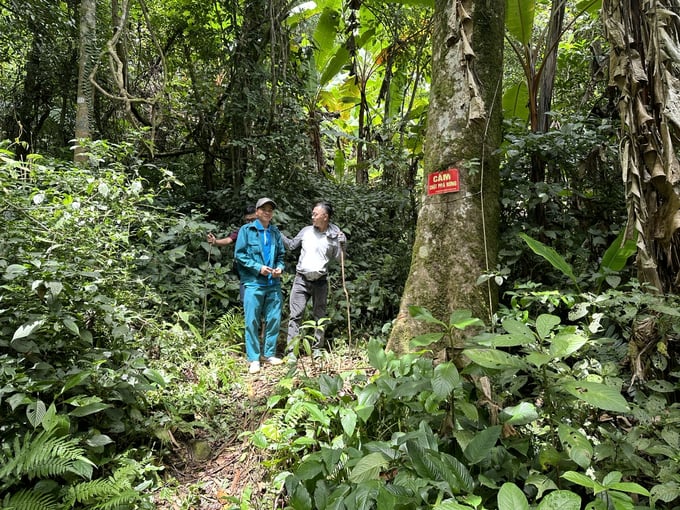
Quang Nam possesses a large forest area of approximately 700,000 ha. Photo: L.K.
The district has encouraged people and businesses in recent years to implement sustainable forest economic models. One of the solutions implemented by the district is the promotion of economic development under the forest canopy, focusing on valuable medicinal plants such as Ngoc Linh ginseng, cinnamon, Gynostemma pentaphyllum, Codonopsis pilosula, and many more. Applying these models has helped people raise awareness of protecting upstream forests to retain water, prevent erosion, and limit the occurrence of landslides.
In Tra Tap commune (Nam Tra My district), a group of 25 households has been given support in terms of seeds and technical training. They plant 16,700 Paris polyphylla trees on an area of 1 ha in early January 2024 under the protective forest canopy.
“Under the cool forest canopy, high humidity and nutrients provided by the humus of decomposing forest leaves become ideal conditions for the growth of Paris polyphylla. It is thus deemed important to maintain the natural ecosystem in this part as well as the surrounding area. If the forest is cut down and the canopy is no longer diverse, when it rains, the soil will be washed away and there will no longer be enough nutrients for the tree to grow,” said group leader Ho Van Giap.
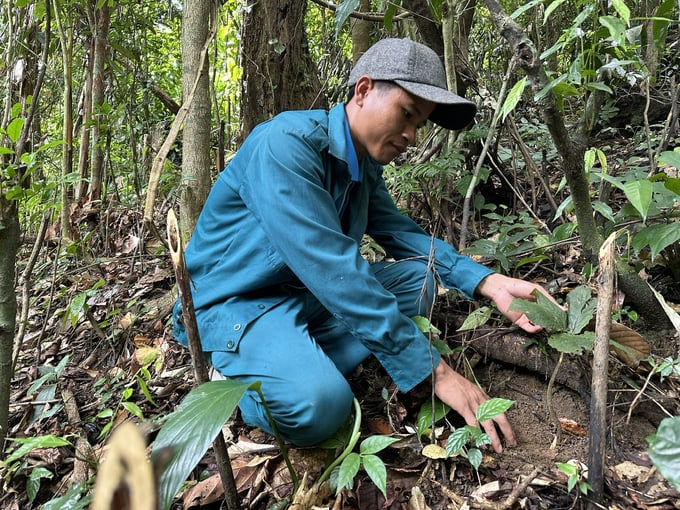
Paris polyphylla grows very well under the forest canopy. Photo: L.K.
Protecting the forest means protecting livelihoods, Giap and the group members clearly understand this. Along with developing the economy from herbs, this group of households has also been an active force coordinating with the functional agencies of Nam Tra My district in patrolling and protecting forests from encroachment activities, further mitigating potential losses.
Vo Hong Sieu, Deputy Head of the Office of Agriculture and Rural Development of Nam Tra My district, said, "In addition to Tra Tap commune, the model of planting Paris polyphylla has been deployed in 5 other communes with a total area of more than 7 ha, all of which are well-developed. People's awareness of forest protection is steadily increasing, and slash-and-burn farming has become a rare sight these days."
Quang Nam province has 700,000 ha of forestry land. The area for planting acacia accounts for nearly 1/3, equivalent to more than 200,000 ha. However, planting acacia is actually not economically effective because transportation costs account for nearly half of the money farmers earn due to remote areas having unfavorable transport infrastructure while mostly consisting of high-slope terrain.
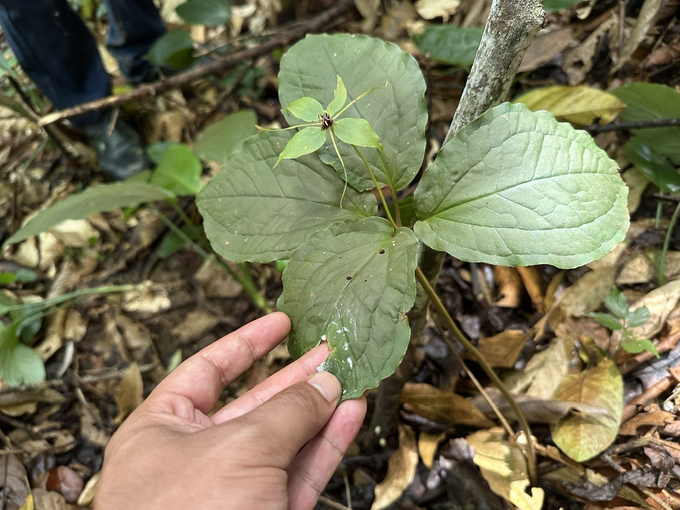
Paris polyphylla grows well thanks to the thick vegetation and the dense forest canopy. Photo: L.K.
Nam Tra My district has enforced a policy of not supporting the development of acacia trees using state budget. Instead, the district focuses on developing herbs. Apart from support of projects, the locality also regularly encourages people to invest on their own. As of date, ten out of ten communes in this district have planted a wide variety of herbs in different types of forest land.
“When it comes to herbs, the first condition for growing them is to have a forest. Some herbs such as Ngoc Linh ginseng, Gynostemma pentaphyllum, or Paris polyphylla have the characteristic of growing well under the natural forest canopy. Therefore, this development orientation will bring two benefits, both helping to increase economic efficiency and contributing to preserving forests as well as protecting the forest environment,” said Vo Hong Sieu, Deputy Head of the Office of Agriculture and Rural Development of Nam Tra My district.
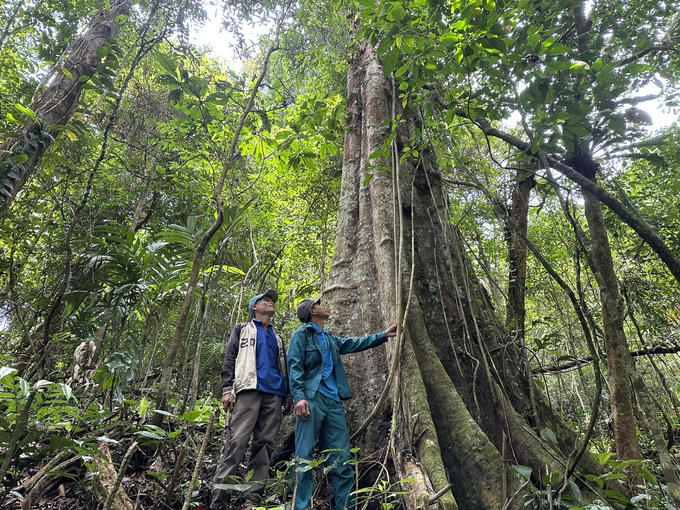
The forest canopy is a favorable area for growing herbs. Photo: L.K.
According to Tran Ut, Deputy Director of Quang Nam Department of Agriculture and Rural Development, many years ago mountainous districts in Quang Nam mainly focused on developing acacia trees. This type of tree played an important role in helping people develop the economy for a very long time, but the present calls for a change to improve the efficiency of forests. The development orientation of herbs in Nam Tra My district is understandable.
“If the cultivation of herbs under the forest canopy is done correctly and does not affect the forest environment, not only will the livelihoods of local people improve but it also brings many values such as preserving forests and protecting land from disadvantages caused by natural disasters,” said Deputy Director Ut.
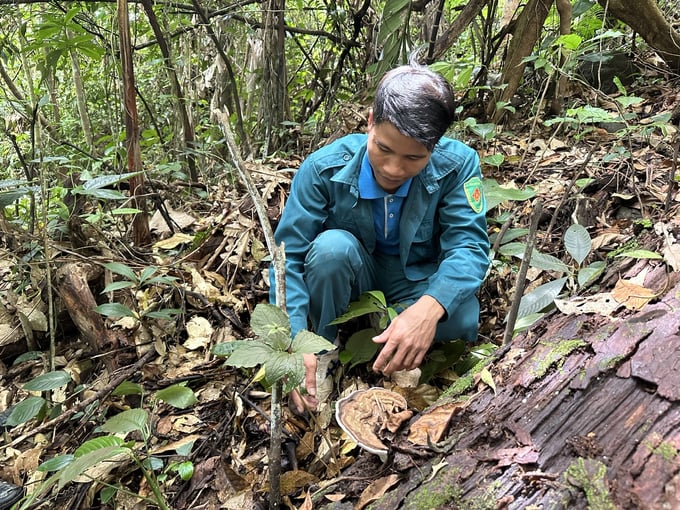
Well-protected forests have created a "green home" for herbs to thrive. Photo: L.K.
Vo Hong Sieu, Deputy Head of the Office of Agriculture and Rural Development of Nam Tra My District, Sieu said, “Local people rarely, if ever, use chemical fertilizers or pesticides nowadays in areas where herbs are grown. Right in the center of Nam Tra My District, there is only one business that sells these products, but it is also very picky about buyers. People only use local fertilizers from humus from decomposed branches and leaves of forest trees.
Translated by Samuel Pham
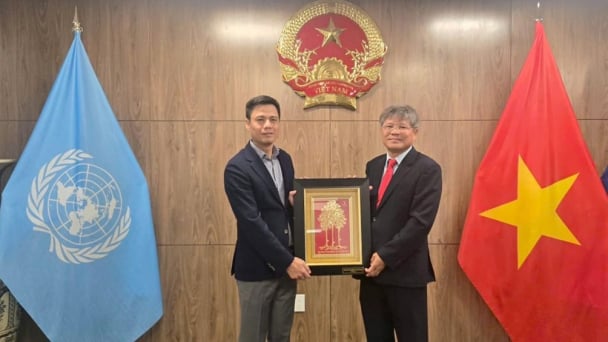
(VAN) VRG recently conducted a visit and working trip to the United States to demonstrate its efforts in redefining the role of rubber enterprises in the global value chain.
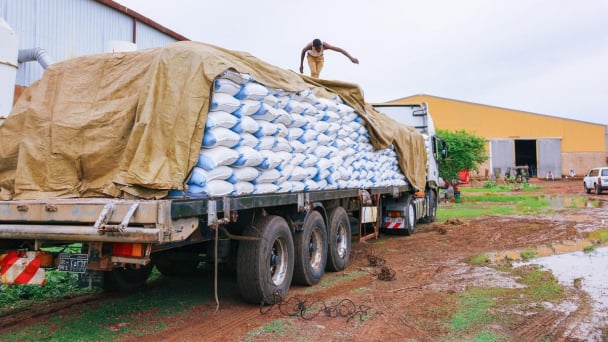
(VAN) In 2024, over 295 million people across 53 countries and territories faced acute hunger—an increase of almost 14 million people compared to 2023, while the number of people facing catastrophic levels of hunger reached a record high.
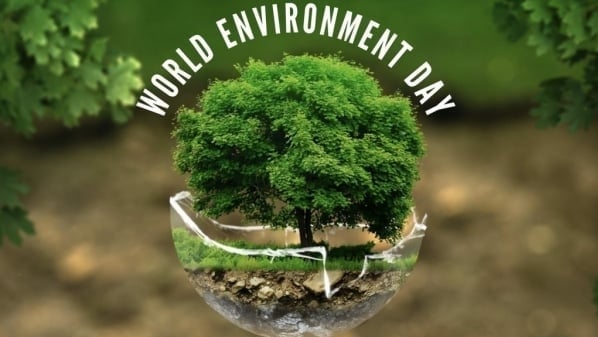
(VAN) World Environment Day 2025 (June 5) carries the theme 'Beat Plastic Pollution' continuing to emphasize the global urgency of addressing the plastic waste crisis.
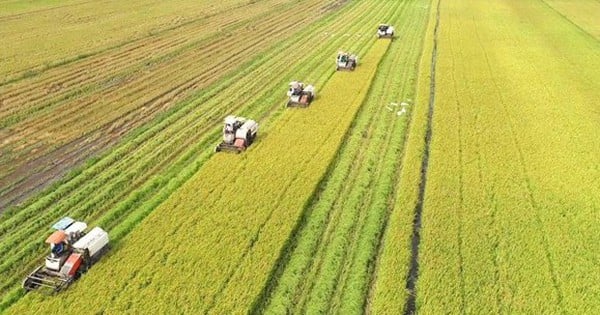
(VAN) This was the assessment shared by experts at the workshop titled 'Assessing the Role and Potential of Low-Emission Rice Production Systems in Vietnam,' held on the morning of May 19.

(VAN) Cai Rong Port is the fisheries control center of Quang Ninh, helping to monitor fishing vessels, combat IUU fishing, and remove the EC's 'yellow card'.
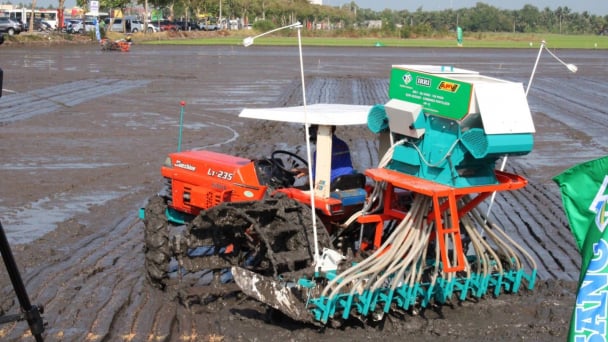
(VAN) The German Agricultural Society (DLG) explores the possibility of establishing a mechanization service center in Vietnam’s Mekong Delta to support farmers in accessing and utilizing advanced machinery.
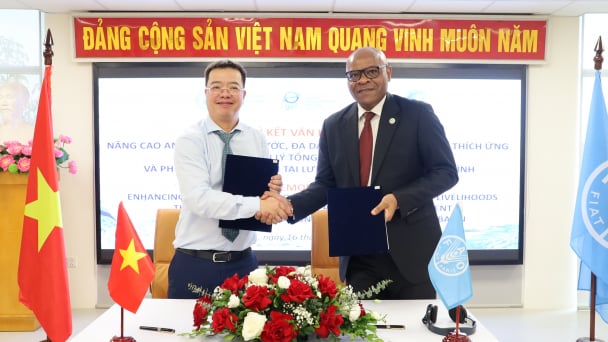
(VAN) On May 16, the Department of Water Resources Management, in collaboration with the Food and Agriculture Organization of the United Nations (FAO), held a signing ceremony for the GEF-8 project document.